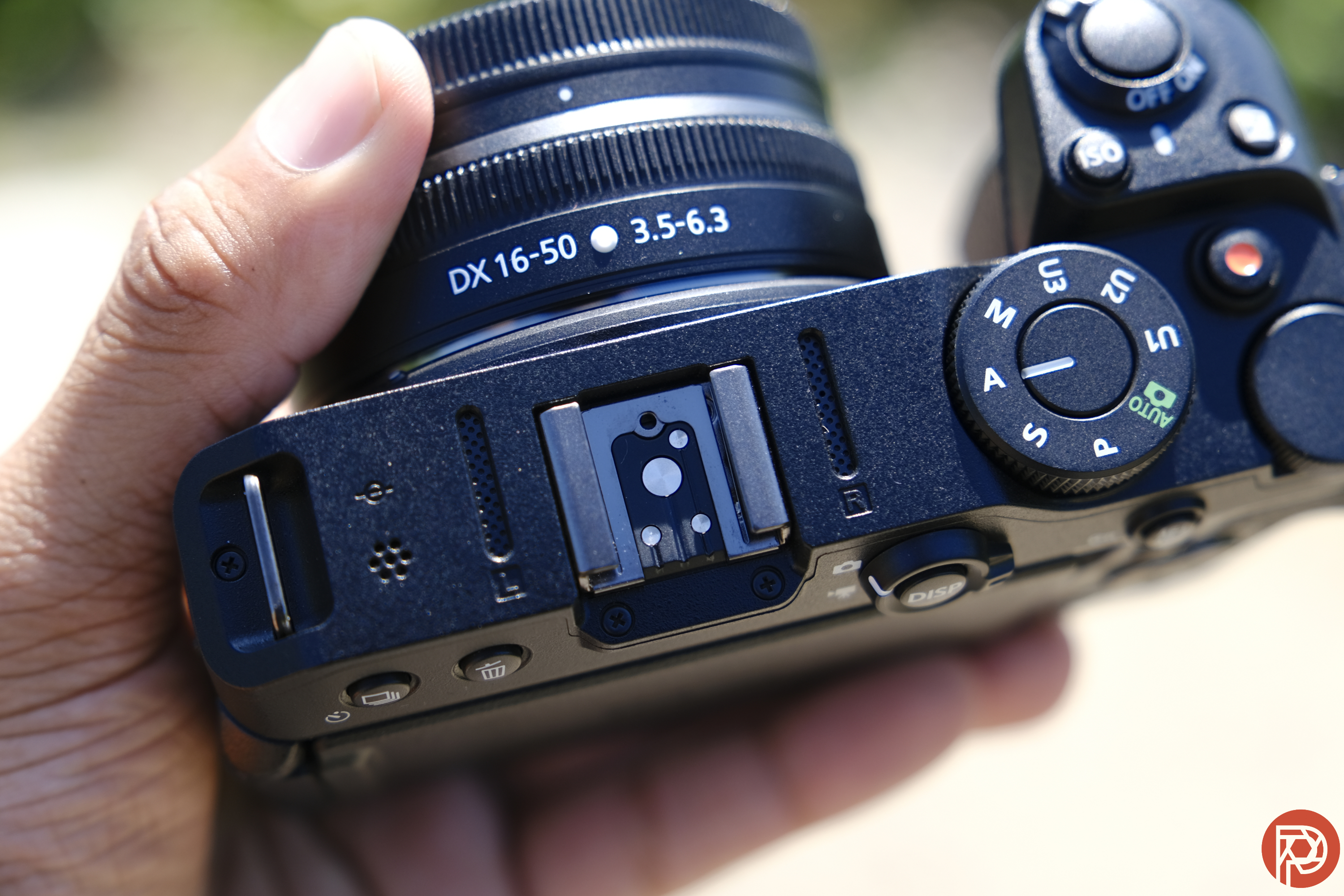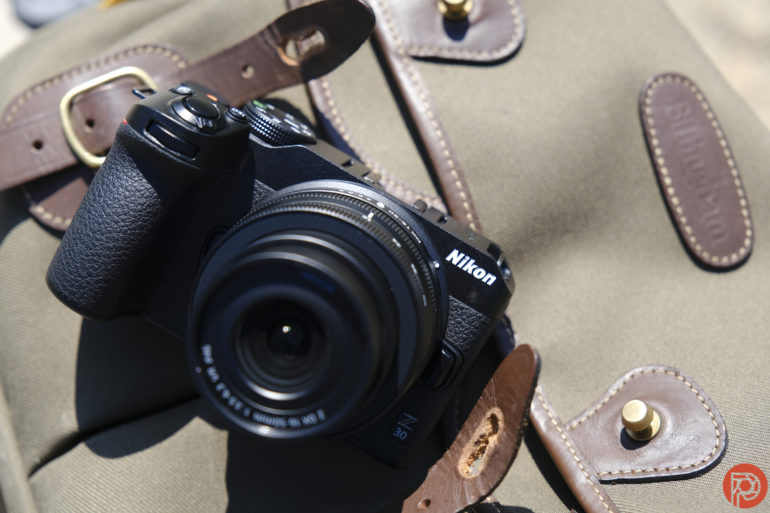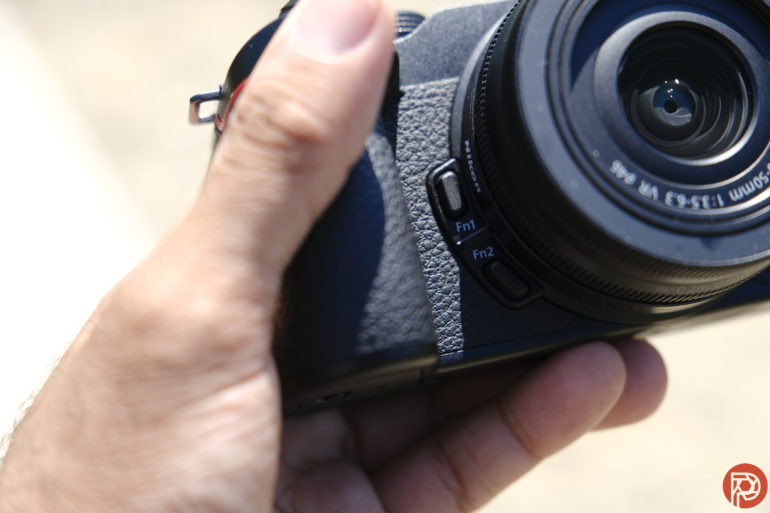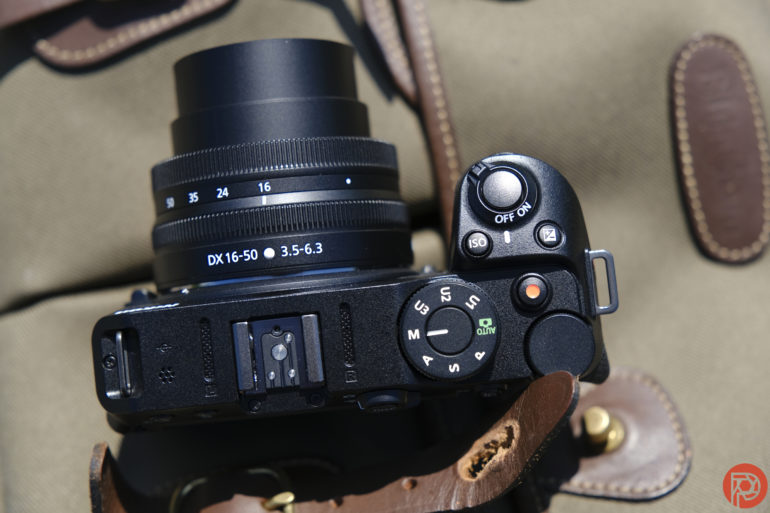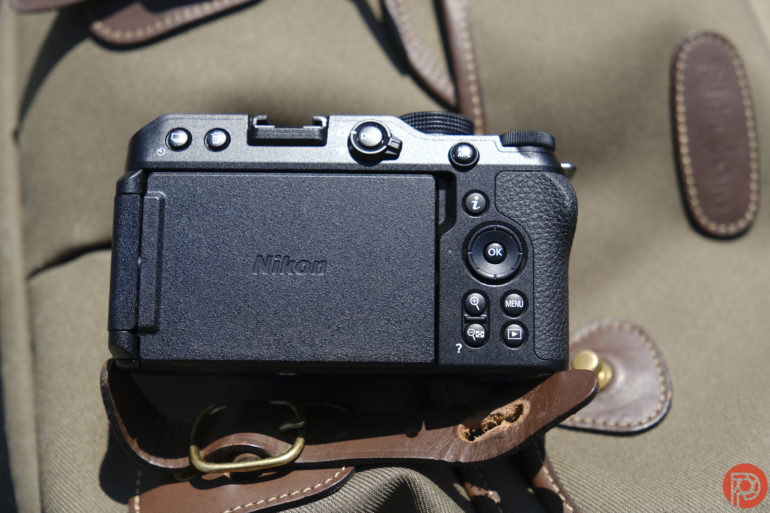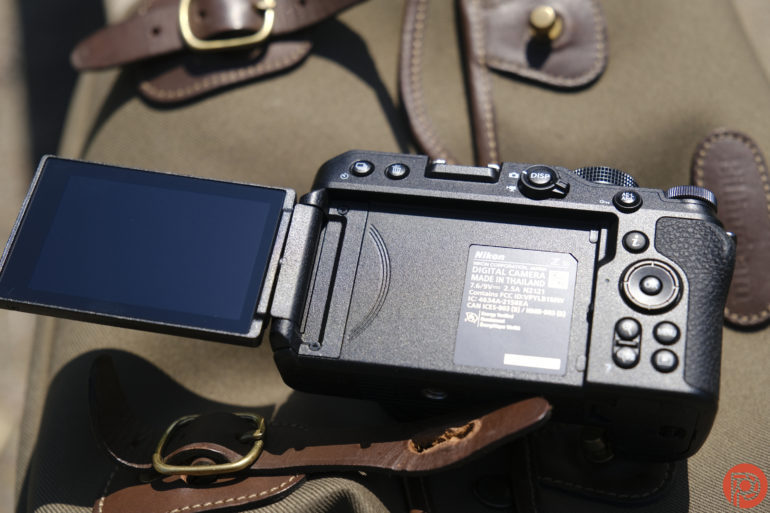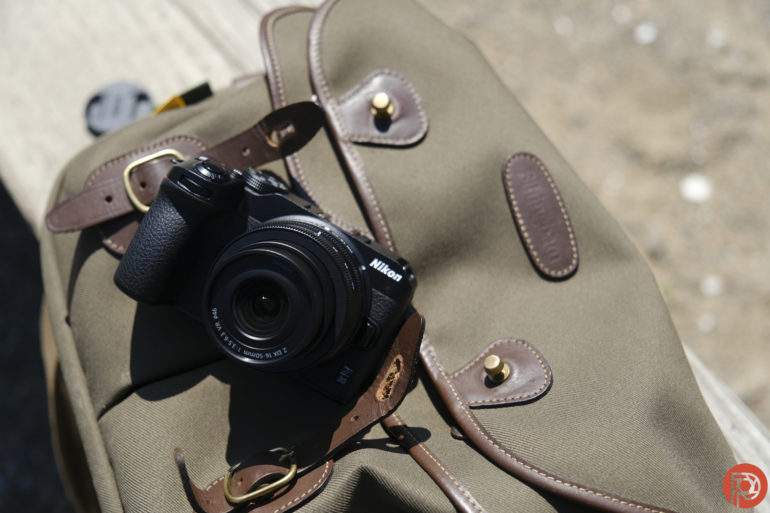If you’re like me, you’re still yearning for a good point-and-shoot camera to come out at an attractive price. And you also may not think the Japanese understand that concept anymore. Well, the Nikon z30 isn’t a point-and-shoot camera. But what it is is nearly the closest thing. Imagine something along the lines of the Sony a6600 if Nikon made it, with better durability, and only a bit of heft.
Our Nikon reps said the Nikon Z30 is targeted at content creators. But honestly, I think they’re missing out on another market: photographers who want something point-and-shoot with great build quality. Indeed, I could see myself toting around the Nikon Z30 with a pancake lens. I’ve written about this in many blog posts; there are times when I need a backup camera and another full-frame or big APS-C camera doesn’t make sense.
Ergonomics
Here’s a look at the Nikon Z30 in the wild. It looks far different from most other cameras Nikon has released in the past few years. In fact, it looks like a Nikon point and shoot. But it’s not; its an interchangeable lens camera.
Around the lens, there are custom control buttons. These should prove to be very useful when photographers want to do something special like use a different AF mode or something.
The top of the camera looks pretty standard. There are exposure controls, an ISO button, a video record button, and a mode dial.
Here’s a look at the back of the Nikon Z30. It doesn’t have a viewfinder, so you’ll likely want to have the screen opened.
And of course, the screen flips out and swivels.
Build Quality
The Nikon Z30 is said to have weather-resistance, but I’ll need to see that in the field. The pre-production version I enjoyed didn’t have weather resistance around the battery door. That’s a concern for me. But if that’s fixed, I’ll be a very happy photographer.
My concern aside, something needs to be said for the build quality. The Sony a6000 series of cameras often felt cheap, like Sony wasn’t putting a ton of effort into the build. The same can be said for a camera like the ZFc. But the z30 flips all that upside its head. If the idea of a point and shoot camera turns you off, then consider it almost like a fixed lens camera with interchangeable lenses. I know that sounds weird, but it’s something you need to experience in person. And I’m honestly excited for this camera.
Autofocus
I didn’t give the Nikon Z30 much of a thorough autofocus test partially because of the way I used it. During my time shooting with it, I had a lot of fun. It gave me pleasure to use the screen and more or less set the camera to fully figure out the autofocus. I ended up photographing a lot of landscapes, berries, and random things. I didn’t have any problems with it. Granted, I wasn’t using it in low-light at all, and that’s what I think will be the real test with it.
Seriously though, the Nikon z30 needs a proper pancake lens with weather resistance. If it gets that, then it’s going to be the camera every photographer will want to bring everywhere with them.
Image Quality
These photos are from a Nikon z30 pre-production model, and we have to state that. It’s the same sensor as the z50 and the Zfc. So I can’t say with certainty how it will perform, but given what those cameras are capable of, I’m hopeful.
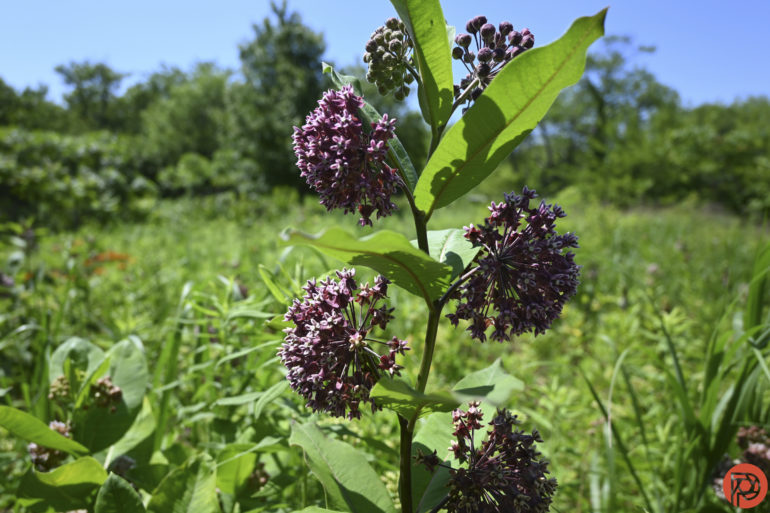
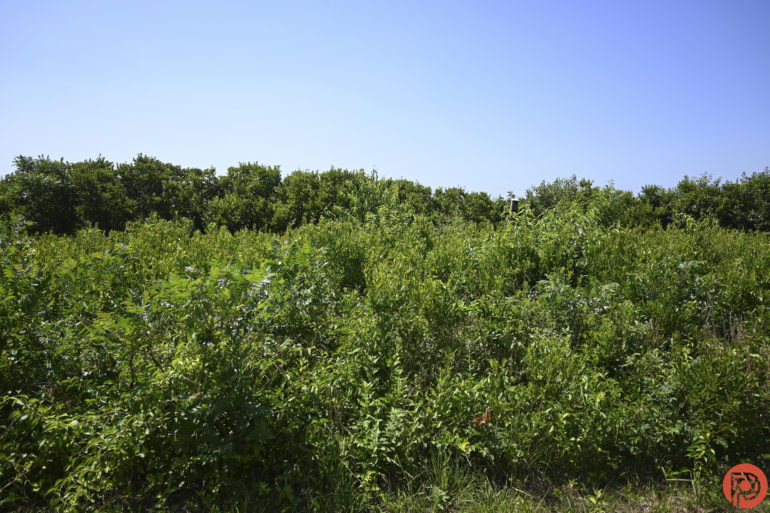
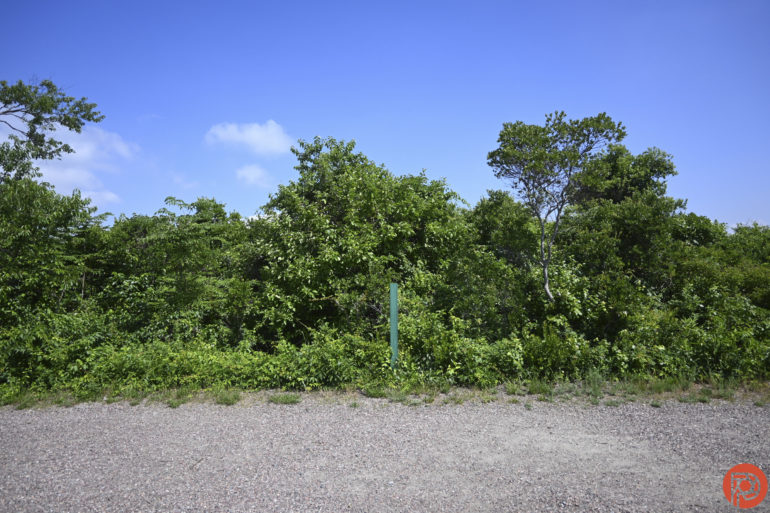
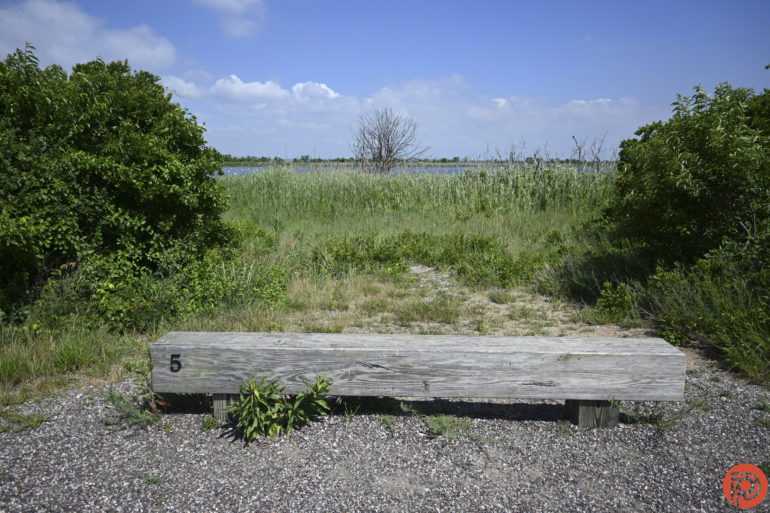
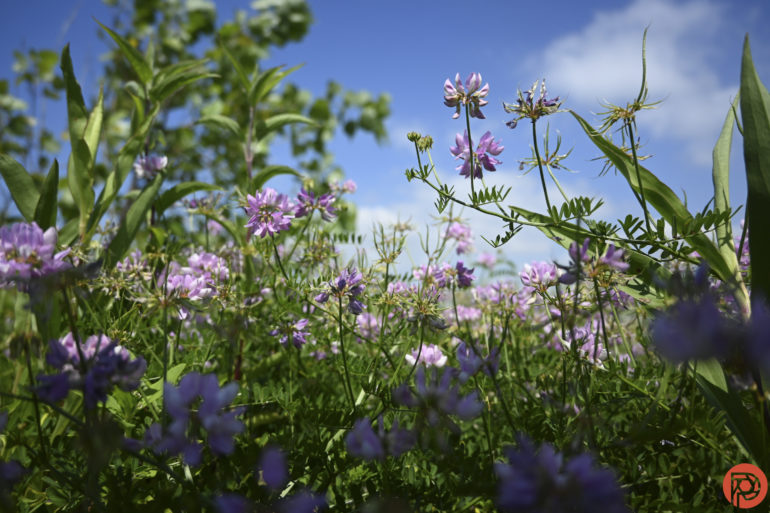
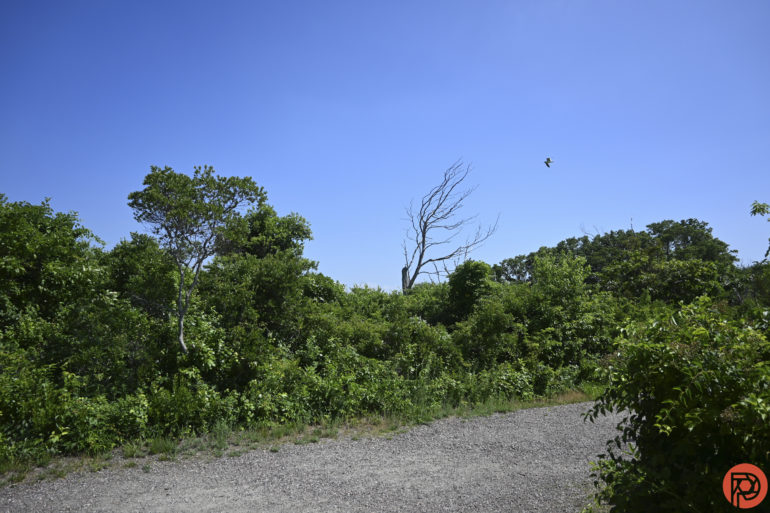
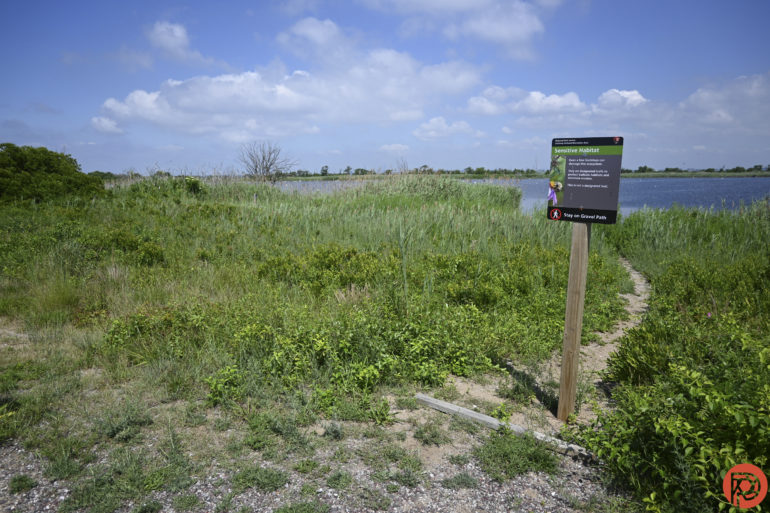
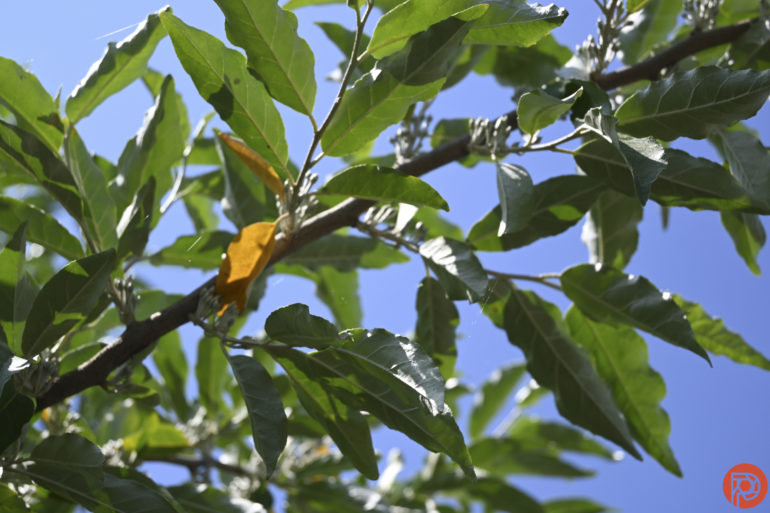


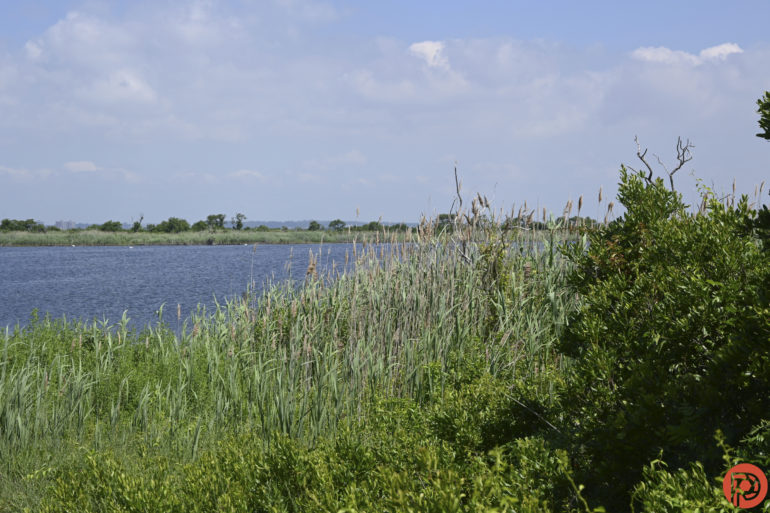
First Impressions
I’m excited for the Nikon z30. This is a deviation from most of Nikon’s APS-C cameras and it feels incredibly awesome. I love that Nikon didn’t give this camera a viewfinder. A while back, we hoped Nikon would make something like the Nikon S3 rangefinder from way back in the day. And I still think a Nikon full-frame rangefinder style camera that doesn’t mimic the a7c or a6000 series cameras could work well. If they combine that with retro aesthetics, it would be absolutely incredible. In fact, I’d take that over a full-frame Nikon ZF camera.
Either way, stay tuned for our full review.
Tech Specs
- 20.9MP APS-C sensor
- 14-bit RAWs
- Single SD card slot
- No viewfinder
- Mechanical shutter
- 1/4,000th to 30 seconds
- 1/200th flash sync
- 5 fps and 11fps in continuous high extended.
- ISO 100-51,200
- Phase detection and contrast AF
- 209 focus points
- Scene detection for animals and such
- Approx. 128 × 73.5 × 59.5 mm/5.1 × 2.9 × 2.4 in. (width × height × depth)
- Approx. 405 g (14.3 oz.) with battery and memory card but without body cap; approx. 350 g/12.4 oz. (camera body only)


